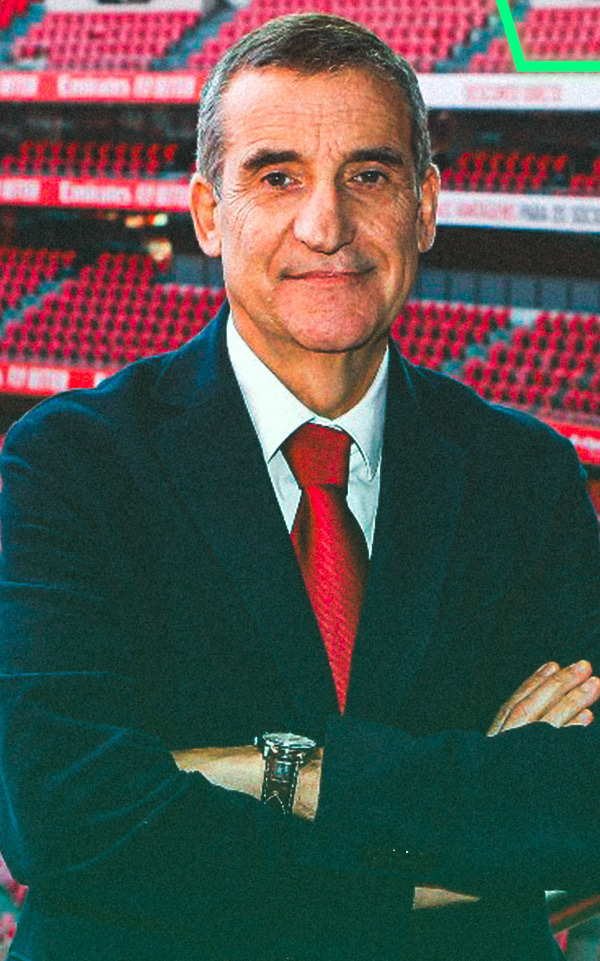Pedro Mil Homens on players entering the professional football context at increasingly younger ages

Pedro Mil Homens on players entering the professional football context at increasingly younger ages
In a week dedicated to youth, on the various platforms of the Thinking Football Summit, we invited Pedro Mil Homens, current General Director of Benfica Campus, to reflect on the entry of younger and younger players into the professional world of football, taking as his starting point the question: Players are entering the professional football context at increasingly younger ages: Is it a threat to their growth? How can we defend them?
Reflecting on the statement that characterizes a reality, I would say it depends on several factors. Entering the professional context at a younger age is not necessarily bad. Nor is it, by itself, an indicator of good development.
Without falling into separations (physical, technical, tactical, and mental) that are inherently limiting, it is certainly not desirable to introduce a young player into the professional football context who is not physically and athletically prepared for the demands of modern football. Similarly, good development, I would even say, the refinement of individual technique that sets this young player apart from others, is certainly an important criterion for a good foundation. A good tactical understanding, which includes 1) understanding the principles of the game; 2) systems and their dynamics; 3) and good analytical and decision-making skills, will be another set of factors contributing to the degree of readiness of young players. However, without quality competitive experiences and progressive demands, our process of developing a young player for professional football will always fall short of what is desirable. In other words, competitive readiness is needed and demanded for a good transition process.
Regarding the first topic (athletic readiness), our coaches and those responsible for Youth Football have the floor. Young players who are technically well-prepared (so we don't hear things like "this one has a weak foot"; "this one is still in the juniors and can't cross," well, I don't need to give more examples), young players who are physically well-prepared (without coaches thinking that strength training limits their speed), and tactically savvy young players capable of playing in various systems.
Regarding the second topic (competitive readiness), our leaders have the floor, in designing and developing competitions that promote competitiveness and youth development.
With limited space for this comment, however, we cannot fail to mention other important factors. Just a mention for further development in other opportunities: social and family context; influence of social media; the role of agents; the right club and coach; opportunities to showcase their value; managing expectations, among others.
Pedro Mil-Homens
General Director of Benfica Campus
News
Historic: Women's football clubs surpass €100 Million in revenue
For the first time ever, the combined revenue of top women’s football clubs in key markets has exceeded ...
How to succeed in the Sports Industry? Four tips from Rafael Nadal
Rafael Nadal is renowned for his excellence, determination, and relentless pursuit of victory. With 22 Grand Slam ...
Al-Nassr signs Esports player for record-breaking fee
João Afonso, world champion in FIFA and EA Sports FC, known as "Jafonso," has made history with the most ...
Is Netflix prepared to stream major sporting events? Insights from the Jake Paul vs. Mike Tyson fight
The live broadcast of the Jake Paul vs. Mike Tyson boxing match on Netflix marked a significant step for the platform, ...
European Leagues and FIFPro vs. FIFA: Lawyer Gonçalo Almeida explains the complaint to the European Commission
The European Leagues, chaired by Pedro Proença, along with FIFPro, has filed a complaint with the European ...
